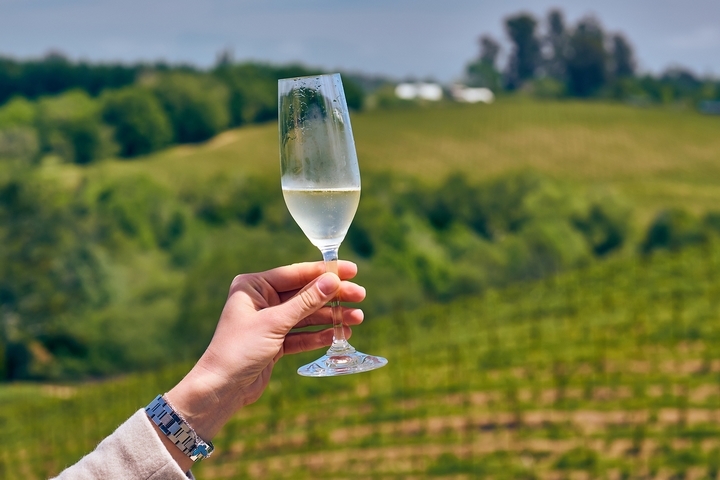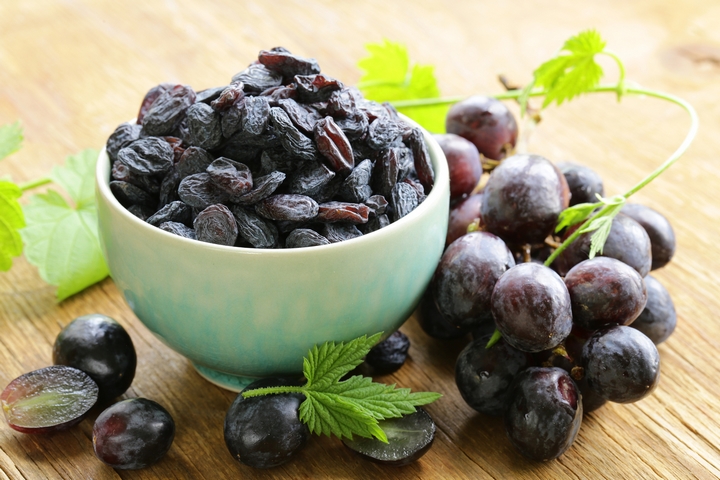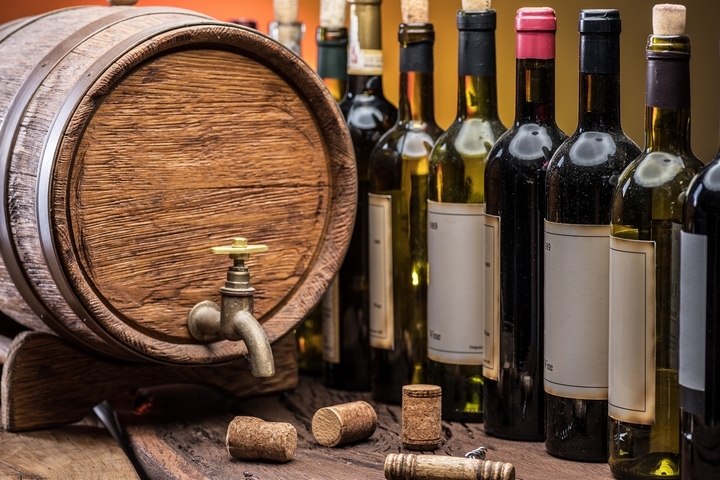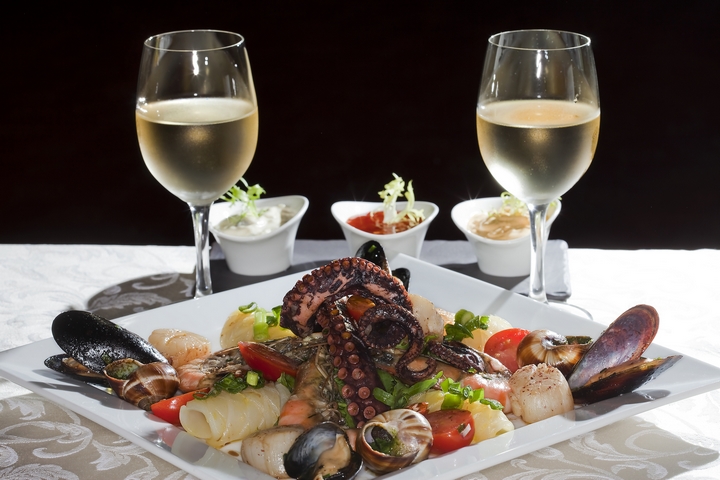4 Casual Guidelines to Enjoy White Wine

Certain factors can affect the way that white wine tastes. From the location, to the type of grape that was used, and its pairing, there is much to consider when picking an enjoyable wine. This blog post highlights these factors to ensure you’re happy with your next white wine experience.
1. Location

The location that the grape was grown in can have a dramatic effect on the taste of the bottle. That’s because, the climate, environment, soil and weather can all impact the way that the grape tastes. More specifically, the region can affect the colour, sugar and acidity of the way the wine tastes.
Areas that experience large amounts of sunlight tend to produce sweeter wines as the grape will produce more glucose. In the climates that are cooler with less sunlight, these tend to produce the more acidic tasting wines. Ultimately, knowing this information prior to buying white wine can help guide to a flavour you prefer.
2. Type of Grape

Many people are not aware that there are a variety of different grapevines available. But, the vine can have an effect on how the wine tastes. Oftentimes, the type of grape that is used can affect the overall colour, sugar, and acidity of the wine.
In turn, resulting in different flavour profiles. However, many wineries blend a variety of vines to perfect their bottle. For this reason, you may find that you dislike other bottles that use the same base grape as the flavours may have changed during the mixing process.
3. Handling

In addition to the type of grape that is used for a bottle of wine, the way that the vineyard handles the grape can impact the taste. One of the most prominent ways that the taste can be affected is by how long the bottle was aged for, and what it was aged in. Ageing is a process done to balance out the flavour. For example, oak barrels can be used to hold the wine during the ageing process.
Using an oak barrel can affect the overall taste of the wine. That’s because oak tends to inject a spicy flavour to the mixture. If a wine has been held in an oak barrel for a longer period of time, the flavours of oak and spice will be much more prominent. However, if the wine has not been aged for a long period of time, then it will likely result in a much more subtle and unbalanced taste.
4. Pairing

What you decide to pair the wine can also affect the overall taste of it. For this reason, it is important to research the bottle beforehand to avoid disappointment. That’s because, the taste of the bottle can be impacted by the type of glass that is used and the food that it is paired with.
When it comes to the type of glass that the wine is served in, using an incorrect shape can cause the wine to interact differently with the tongue. For example: when serving a sweet wine, it is best to pair it with a glass that will allow the tip of your tongue to taste the wine first.
That’s because the tip of your tongue is better equipped to handle sweet flavours. This results in a much more enjoyable experience with the wine. Finally, it is also recommended to pair wine with foods that complement its flavours. Doing this, will prevent competition amongst the taste and aroma of your wine. In turn, resulting in an enjoyable drinking experience.
